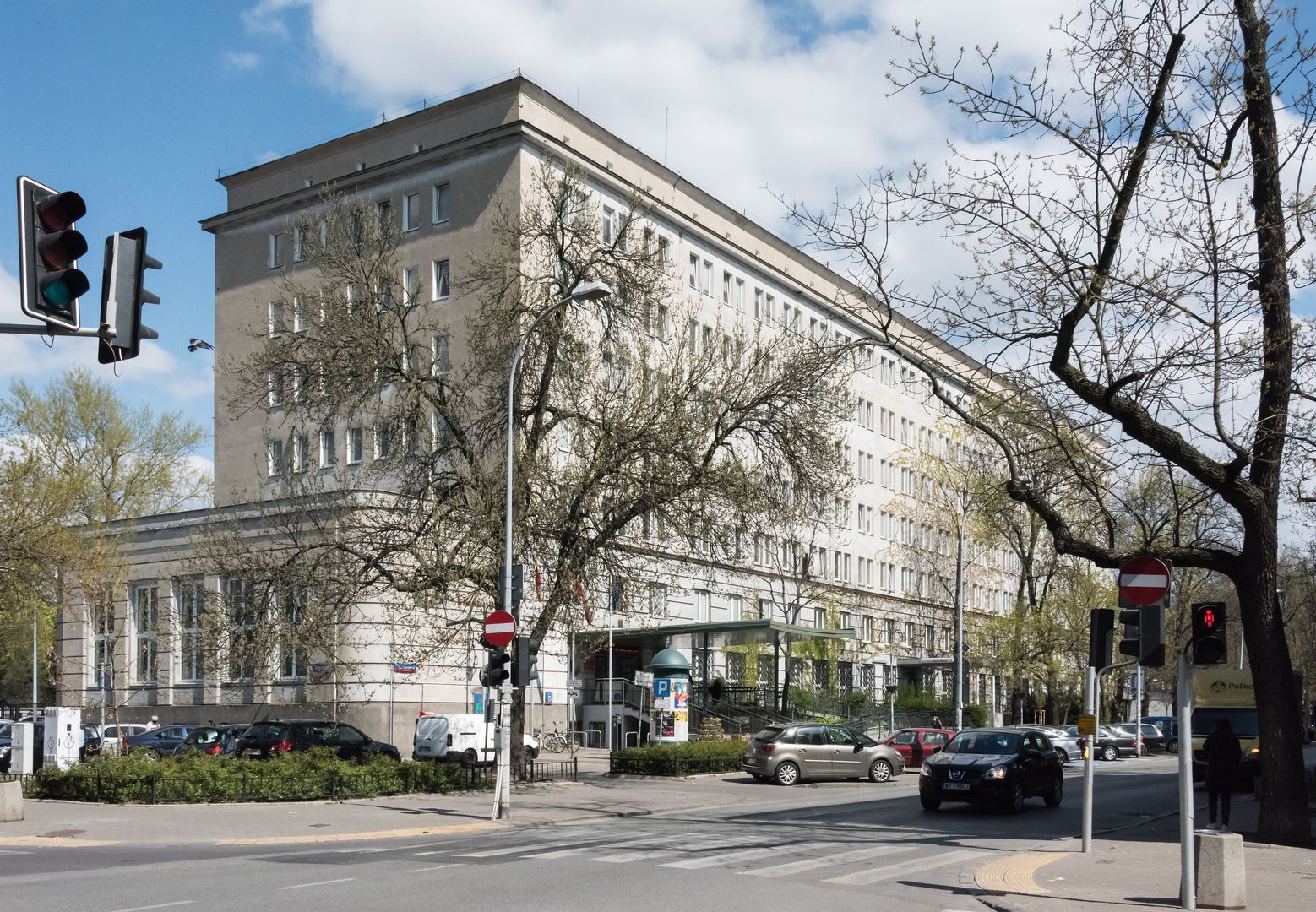Father Ignacy Kłopotowski Street in Warsaw
6.43

Overview
Father Ignacy Kłopotowski Street is a historic street in the Praga-Północ district of Warsaw, with roots dating back to the 18th century. It was first marked on the geometric plan by Maciej Deutsch in 1765 as a narrow road leading to a bridge. In the 19th century, due to infrastructure development, the street underwent significant changes. Numerous buildings were constructed, including the Water Customs House between 1824 and 1825, which served as a toll collection point for bridge crossings. In 1836, the Praga Synagogue was completed, and after the opening of the Kierbedzia Bridge in 1864, the street layout was regulated. The street experienced dynamic growth, with many tenement houses, industrial plants, and the Universal School Complex built at the turn of the 20th century. During World War II, the street suffered from bombings, and many valuable buildings were destroyed, including the synagogue and the school building. After the war, the architecture further deteriorated, and the tenement houses were devastated. In 1949, the street was named after Karol Wójcik, and its current name was adopted in 1991. Today, the street’s significance is enriched by landmarks such as the former Water Customs House, the General House of the Loretto Sisters, and the monument to the Praga Courtyard Band. It is worth noting that an initiative called the Window of Life operates at the entrance to the Loretto Sisters’ premises. Despite numerous damages, the street’s history remains a fascinating testament to Warsaw’s development, its architecture, and the multicultural heritage of Praga-Północ.
Location
Tickets
Powered by GetYourGuide
2025 Wizytor | All Rights Reserved